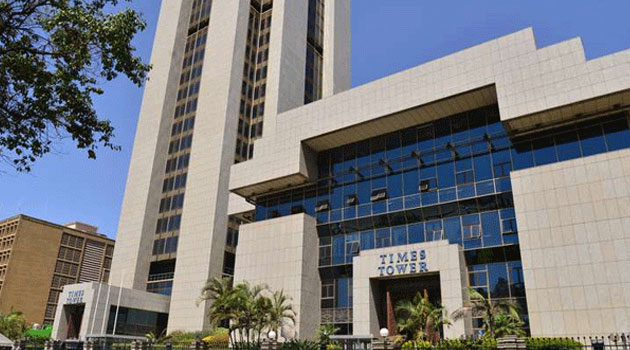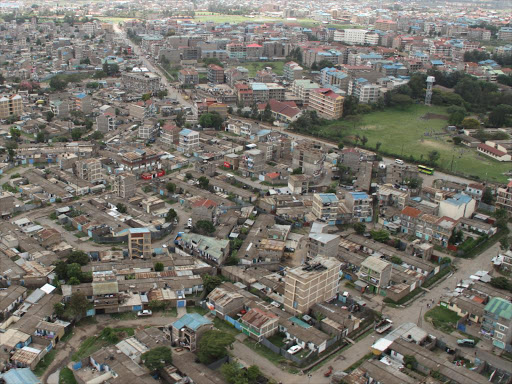HassConsult today released Nairobi’s Land Index indicating the rise of land as an investment option for low, middle and high income Kenyans. As current high interest rate regime, waning confidence in financial sector, inflation and shilling volatility gnaws at fortunes in other sectors, land is emerging as a better alternative.
The quarter results revealed that by September 2015, land in low and middle market areas of Juja, Athi River, Kiserian, Kitengela, Mlolongo, Syokimau and Tigoni, which form part of the Nairobi’s 14 satellite towns, was yielding more than 6.27 fold in returns over seven years.
• Positive returns continue in both Nairobi’s inner city suburbs and satellite towns as land prices escalate 1.3 and 1.6% respectively over the quarter
• While land in Nairobi’s suburbs registered high levels of growth in the first half of the year, third quarter growth levels reduced to meet similar levels of growth in land in satellite towns
• Market price correction was evident in high value, low density suburbs such as Ridgeways, Nyari and Muthaiga bringing them back to average annual gains after steep land price rises in the first half of the year
• Land has consistently outperformed other commodities returning twelve times that of Gold and ten times that of cattle over the past 7 years
• Investment in Land also runs ahead of annualized stocks and bond returns, rendering it the most stable investment option with the highest yields over 7 years even as recent 91-day Treasury Bill hikes yield to 19%
“The attractive returns in land in these satellite towns has become a key driver of demand which has now become the new revenue stream for thousands of investments groups, co-operatives societies, SACCOs, learning institutions and individual investors,” said Ms Sakina Hassanali, HassConsult’s Head of Research and Marketing.
Nairobi’s inner suburbs also recorded a 5.66 fold growth in returns in 7 years where land in Upperhill remained the highest priced at Ksh507 million on average per acre. In the past seven years, Upperhill has recorded the highest return on investment , growing 8.45 times its land value, followed by Nyari at 6.46 times and Kileleshwa at 6.39 times.
Spring Valley had the lowest return at 3.78 times its value seven years earlier. Price stabilisation has been most evident in Eastleigh, where from a high of between 80% and 90% in the annual growth recorded in 2009/10, the land prices have seen a fall of 1.3% in the last year.
While land in Nairobi’s suburbs registered high levels of growth in the first half of the year, third quarter growth levels reduced to meet similar levels of increase in land in satellite towns. For example, Ruaka, with the highest prices, recorded a 0.1% decline while Mlolongo showed the highest land price reduction at 1.2 per cent which compare to a decline of 1.4 and 1.0% in Ridgeways and Langata respectively.
Effectively, this means that overall increases in both the satellite towns and the Nairobi suburbs are averaged at 1.45% for the quarter. “High value, low density suburbs such as Ridgeways, Nyari and Muthaiga are witnessing a market correction in terms of pricing,” said Ms Hassanali, “The high increases we saw in the first half of the year have reduced significantly to align these suburbs with the Nairobi average.”
Compared to returns in other commodities such as gold and cattle, based on international prices, land proved to be the better investment with over twelve times the return of Gold and ten times the return of cattle over the seven-year period. Crude oil actually resulted in negative returns over the same period.
While the move to 19% yields last month on the 91-day Treasury Bill historically narrowed the gap in the annual return on investments between the property market and bonds, investment in land has shown no down cycle and remains the most stable investment option with the highest yields over seven years.
“What we are seeing in the current economic environment is that investors are looking for safe asset vehicles and guaranteed returns. Land over the past 7 years has consistently outperformed all other asset classes providing consistent yields to investors,” explained Ms. Hassanali.
















































![Pula Co-Founders and Co-CEOs, Rose Goslinga & Thomas Njeru. Pula provides agricultural insurance and digital products to help smallholder farmers manage climate risks, improve farming practices and increase their incomes. [ Photo / Courtesy ]](https://businesstoday.co.ke/wp-content/uploads/2021/01/Pula-Co-Founders-and-Co-CEOs-Thomas-Njeru-Rose-Goslinga.jpg)




























































Leave a comment